Multimeter recommendations
| Paul Kemp | 08/09/2021 20:12:56 |
| 798 forum posts 27 photos | Posted by Robert Atkinson 2 on 07/09/2021 17:36:49:
I think the fact it was new out of the box says it all. Presumably a manufacturing defect that was not picked up. Calibration is done with low energy sources for safety so may not pick up all faults. They cetainly don't test the fuse breaking current on every one or they would shi with blown fuses What did Fluke say when you sent it back to them? Robert G8RPI I don't think it was a manufacturing defect, whe I said new out of the box that day it was that morning, the incident occurred in the afternoon. We had been doing a survey with the Class Surveyor to renew the Class cert and leccy had used the instrument on other tasks prior quite successfully both LV DC and HV AC. I suspect Andrew has it right, he simply had it on the wrong setting, it had been a long refit and everyone was tired. It never got sent back, we sailed the next day and never really found enough of it to send back! My point was they can be blown up. Paul. |
| Robert Atkinson 2 | 08/09/2021 21:26:07 |
1891 forum posts 37 photos | Posted by Paul Kemp on 08/09/2021 20:12:56:
Posted by Robert Atkinson 2 on 07/09/2021 17:36:49:
I think the fact it was new out of the box says it all. Presumably a manufacturing defect that was not picked up. Calibration is done with low energy sources for safety so may not pick up all faults. They cetainly don't test the fuse breaking current on every one or they would shi with blown fuses What did Fluke say when you sent it back to them? Robert G8RPI I don't think it was a manufacturing defect, whe I said new out of the box that day it was that morning, the incident occurred in the afternoon. We had been doing a survey with the Class Surveyor to renew the Class cert and leccy had used the instrument on other tasks prior quite successfully both LV DC and HV AC. I suspect Andrew has it right, he simply had it on the wrong setting, it had been a long refit and everyone was tired. It never got sent back, we sailed the next day and never really found enough of it to send back! My point was they can be blown up. Paul. But that is the whole point. A meter that is CAT approved will NOT "blow up" even if connected to a supply (within it's rating) on the wrong range. A good one like a Fluke should not even have signficant damage, just a blown fuse. The fuse should not even emit a flame or sparks, that is why they are so expensive. Note that the CAT rating is not just voltage, it the available energy i.e. the voltage and the source impedance. It you short out the mains at the end of a mains lead the energy is lower then if you d the same at the consumer unit This is because the resistance and inductance limits the current. Robert G8RPI. |
| Paul Kemp | 09/09/2021 01:18:03 |
| 798 forum posts 27 photos | Posted by Robert Atkinson 2 on 08/09/2021 21:26:07:
Posted by Paul Kemp on 08/09/2021 20:12:56:
Posted by Robert Atkinson 2 on 07/09/2021 17:36:49:
I think the fact it was new out of the box says it all. Presumably a manufacturing defect that was not picked up. Calibration is done with low energy sources for safety so may not pick up all faults. They cetainly don't test the fuse breaking current on every one or they would shi with blown fuses What did Fluke say when you sent it back to them? Robert G8RPI I don't think it was a manufacturing defect, whe I said new out of the box that day it was that morning, the incident occurred in the afternoon. We had been doing a survey with the Class Surveyor to renew the Class cert and leccy had used the instrument on other tasks prior quite successfully both LV DC and HV AC. I suspect Andrew has it right, he simply had it on the wrong setting, it had been a long refit and everyone was tired. It never got sent back, we sailed the next day and never really found enough of it to send back! My point was they can be blown up. Paul. But that is the whole point. A meter that is CAT approved will NOT "blow up" even if connected to a supply (within it's rating) on the wrong range. A good one like a Fluke should not even have signficant damage, just a blown fuse. The fuse should not even emit a flame or sparks, that is why they are so expensive. Note that the CAT rating is not just voltage, it the available energy i.e. the voltage and the source impedance. It you short out the mains at the end of a mains lead the energy is lower then if you d the same at the consumer unit This is because the resistance and inductance limits the current. Robert G8RPI. Well electrickery is not my deep specialism I was the engineer superintendent on the job, can only recount what I saw. Total available power was four 160kW generators if all on the board at once with the bus tie closed but ship maximum load 50% of the maximum power (100% redundancy) only 2 machines on the board at the time, bus voltage 415v 50hz. Whether a ship is classed or not hasn't much to do with size, this was an 86m ferry but Class can go down to at least 24m. Lots of small vessels are classed and many administrations delegate approval responsibilities to Class. I can't remember the exact test being carried out at the time, probably under or over voltage trips as frequency and reverse power trips were usually done from the board instrumentation, the volt meters on the boards were analogue and not that easy to read small variations. Paul. |
| mick H | 09/09/2021 07:24:40 |
| 795 forum posts 34 photos | Thank you for the information gents. I am still ploughing through the recommendations and links. Strangely it seems that the cheapo varieties often have more functions than more expensive models. In particular a setting for DC current. Mick |
| Andy Carlson | 09/09/2021 08:44:24 |
| 440 forum posts 132 photos | I was looking at buying a new multimeter myself recently. My 30 year old analog one (Maplin own brand) is still working but accuracy is pretty suspect. The rotary switch is a recurring cause of problems on this and many other meters. I've had mine apart for cleaning on at least one occasion... and need to do it again. Personally I found the Fluke vs china cheapie question left me thinking that I was really missing something in between these extremes - surely Fluke is not the only decent brand? I found this article helped to shed some light on the 'middle ground' more than most. It's US based though but some of the brands are readily available on our side of the pond. I haven't made a decision and the circumstances that prompted the question have now passed so my purchase has been pushed down the priority pile. ... and yes an analog one is nice when you want to look at a moving value... and yes a cheap one is good for use where you don't want to risk damaging your nice one... plus there are circumstances when having two meters on the job can be very useful. Edited By Andy Carlson on 09/09/2021 08:45:49 |
| not done it yet | 09/09/2021 09:02:41 |
| 7517 forum posts 20 photos | … more functions … In particular a setting for DC current. Possibly, but usually one range to 200mA (fused) and a 10A range (which is not fuse- protected). An excessive current through the 10A range usually means the end of that particular function - and possibly the whole instrument. Simplicity generally means more reliability. Fewer switch contacts to wear out, for instance. Not all cheap digis have auto shutdown (or don’t actually completely turn off) and often don’t have a low battery warning - the first thing you eventually notice is incorrect readings… I used to have a standard reference cell and that used to show up the cheap meters for what they were. All the (low cost) digital meters were always fitted with fresh batteries and checked prior to ‘A’ level Physics practical exams. |
| IanT | 09/09/2021 09:38:15 |
| 2147 forum posts 222 photos | I purchased a TACKLIFE TRMA 6000 Multimeter at the beginning of last year and it's very good - I'm happy with it, it's a solid well made device. I did a little research at the time and the reviews were all positive in the areas that mattered to me. At about £30 it was also a reasonable price with everything I needed (and more). I still have my old analogue meters but don't really use them these days. However, I've just checked and it seems TACKLIFE don't sell here in the UK now but they are still available in the US & Italy apparently. Regards |
| Nicholas Farr | 09/09/2021 11:28:38 |
3988 forum posts 1799 photos | Hi Andy Carlson, Fluke are more or less at the top end of the market, but they are designed for intensive use for professional engineers, but there are many other brands that do have very good attributes at a more realistic price for general usage, but cheap is cheap and is of limited quality and life span, but there are plenty in the £30 to £40 range that fill the needs of those that don't have to use them for certificated or everyday pro' work. Just look for ones that will suite what you are likely to use them on. Which ever ones you get, make sure you understand how they are to be used correctly and know their limitations. Regards Nick. |
| SillyOldDuffer | 09/09/2021 12:12:04 |
| 10668 forum posts 2415 photos | Rather than theorise about 'quality' here's photos of the insides of an AVO8 (Model B) and an inexpensive Maplin Digital. The AVO movement and electronics are mounted on a thick plastic front panel backed by a heavy steel box, not waterproof. The electronics are hand assembled from separate components of basic type: wire-round resistors, bent springs, open switches, the whole being much exposed. The construction style is a century plus old, and was pretty sensible because the unreliable components of the day often needed repair. (My meter has a few old repairs.) This type of construction is semi-skilled, labour intensive, and extremely expensive: much of the customers money went on wages, not 'quality'. In 1953, an AVO 8 plus leather carry case cost the equivalent of about £700: only an exceptionally wealthy amateur could afford a new one. The Maplin meter was built using modern mass-production techniques. Few humans involved: most likely the SMD components were automatically placed on the board by a machine and wave-soldered in the blink of an eye. The meter's brains are in the Integrated Circuit far right in the photo. The electronics are far more complex than those in the AVO, and also far cheaper. Once designed and debugged the IC can be sold in volume for less than a pound. The other components are also mass produced far more cheaply that their 1950's equivalents. The AVO has a seriously pricey high-end D'Arsonval movement; the modern meter has a Liquid Crystal Display costing a few pence. Not much difference between brands or models when inexpensive meters are mass produced in this way; the old-fashioned notion of quality that applied to my 1950's AVO don't apply to this class of consumer electronics. It's quite hard to make duds provided the meter isn't too cheap. But beware buying manufacturer rejects, customer returns, and damaged goods from unknown purveyors on the web. Chasing 'quality' is likely to waste the amateur's money on a grand scale! Going up-market takes one into paying serious money for ruggedisation, high accuracy, and safety features designed to save professional electricians from mistakes made on live switchgear. If you're the type who enjoys owning feel-good tools, by all means buy an AVO or one of its modern equivalents. Just don't pretend it's a rational procurement decision. (I fancy owning a red MG even though it's daft) Otherwise think about Requirements! Comparing my similar examples: If carrying the meter in a pocket is important, don't buy an AVO! If AC current is wanted, don't buy the Maplin. If safety is important, don't buy either!!! Dave
|
| Michael Gilligan | 09/09/2021 12:32:26 |
23121 forum posts 1360 photos | An excellent fact-check, Dave MichaelG. |
| Robert Atkinson 2 | 09/09/2021 19:41:50 |
1891 forum posts 37 photos | SOD's picture of a Maplin meter is typical of a "830" type meter sold under many brands fron a few pounds up. Better than nothing, but not safe for use on mains or high energy circuits. The reason cheap meters give a 10A DC range is because it is easy to provide an inaccurate, unprotected 10A range (it's the loop of wire next to the input sockets in the picture). Conversly it is expensive to provide an accurate and protected 10A range. Robert G8RPI. |
| SillyOldDuffer | 10/09/2021 10:50:17 |
| 10668 forum posts 2415 photos | Posted by Robert Atkinson 2 on 09/09/2021 19:41:50:
SOD's picture of a Maplin meter is typical of a "830" type meter sold under many brands fron a few pounds up. Better than nothing, but not safe for use on mains or high energy circuits. ... Robert G8RPI. Is Robert's; 'not safe for use on mains' statement personal opinion or evidenced fact? I ask because the meter claims IEC61010-1 and CAT II on the 600V range, and, as it was sold with a CE mark by a reputable UK supplier, I've no reason to believe it's a fake. Can't take it back now if it's a wrong 'un! I don't suppose the meter on ohms would survive being connected to the mains, but I don't think it's fundamentally unsafe when used as per instructions. What's the failure mode? If the 200mA fuse failed, I think the fine PCB tracks would fuse inside the box ; the instrument fails safe, unlike the much more heavily built AVO which depends on a 60 year old thermal cut-out. The cheap meter's 10A shunt isn't a simple loop: the shunt has a notch full of solder and is presumably it's own fuse. Not quite the Widow-maker Robert fears. Whether all examples of this generic type of meter pay the same attention to detail is another question! Dave PS. I agree the Maplin meter is too flimsy for working on switchgear! |
| Ady1 | 10/09/2021 11:02:32 |
6137 forum posts 893 photos | I got a nice amateurs unit, a Vichy 99 but they don't seem to sell it here anymore import only Edited By Ady1 on 10/09/2021 11:04:18 |
| KWIL | 10/09/2021 11:28:56 |
| 3681 forum posts 70 photos | I bought my AVO8 (Tropical version) in 1959 brand new and it cost me the princely sum of £55. Still going strong today. Replaced the leads and clips for later versions. Works for me. Throw away cheap meters have their uses however. |
| Stuart Bridger | 10/09/2021 12:02:03 |
| 566 forum posts 31 photos | About 35 years ago, a short part of my career was spent both using and repairing AVO multimeters. Also we went out of "field jobs" outside of the workshop around the factory. If an Avo was needed this went in the basket of a butchers style trade bike as they were damned heavy to carry any distance. Hand held Fluke DMMs were a godsend as they would just fit in a lab coat pocket. |
| Nicholas Farr | 10/09/2021 12:51:17 |
3988 forum posts 1799 photos | Hi, well here's my line up of digital multimeters, first one is Maplin's precision gold range and must be nearly 20 years or more old. It is cat III 600V and has measured the mains umpteen times without any issue, but there is no current measurements to worry about. I have compared it to a good known professional multimeter at one time and the results were not different enough to be concerned about. It can be seen that it has transistor and capacitor testing, I can't remember exactly how much it cost, but think it was in the £25 range at the time and this was my first digital multimeter I had, previous ones were analogue, which I do still have but rarely use them now. This next one is a UNI-T which I bought from Maplin's for around £35-£40, a fair while before they closed their stores. It is auto-ranging, but the ranges can be set manually, it is cat IV 600V and cat III 1000V and does have DC and AC current in all ranges but no transistor testing, it has also been used to measure the mains. All the readings compare very well with the above one with no drift worth any mention. This next one I received yesterday, I really only bought it to save me paying postage costs on another two items, but I chose it really for the battery test function although it seems to be a good general overall use one. This is also cat III 600V and cost £11.94 from CPC/Farnell. Haven't use it yet, so don't know how it compares with any of the two above. This last one is completely different as it doesn't measure volts or amps but it does have Inductance measuring, resistance, capacitance and transistor testing. I think I bought it about 18 months or so ago and it cost in about the £35 range, again from CPC and it was the inductance range that I wanted. I've measured a few commercially made chokes that have been marked with tolerances on and has been in the same ball-park close enough not to make any effect for what I would use it for. Just have to remember not to put it across any voltage, but it only has leads that are 170mm long including the crocodile clips, so I shouldn't really confuse it with any other meter. Regards Nick. Edited By Nicholas Farr on 10/09/2021 13:04:40 |
| Anthony Knights | 10/09/2021 13:53:48 |
| 681 forum posts 260 photos |
When I was working, the company issued the engineers with "Fluke" meters. When I retired, mine had to be returned, so I bought this one from Maplin for about £20 at the time. Since then I have not noticed a difference in performance between this and the Fluke. The same model is currently on sale at Amazon for about £45. At the other extreme is this one, which also came from Maplin and on Amazon at the princely sum of £9.99 I can't remember how much I paid for it but not a lot. It is very similar in size and shape to the first moving coil meter I ever got (now long gone) |
| Robert Atkinson 2 | 10/09/2021 16:59:47 |
1891 forum posts 37 photos | Posted by SillyOldDuffer on 10/09/2021 10:50:17:
Posted by Robert Atkinson 2 on 09/09/2021 19:41:50:
SOD's picture of a Maplin meter is typical of a "830" type meter sold under many brands fron a few pounds up. Better than nothing, but not safe for use on mains or high energy circuits. ... Robert G8RPI. Is Robert's; 'not safe for use on mains' statement personal opinion or evidenced fact? I ask because the meter claims IEC61010-1 and CAT II on the 600V range, and, as it was sold with a CE mark by a reputable UK supplier, I've no reason to believe it's a fake. Can't take it back now if it's a wrong 'un! I don't suppose the meter on ohms would survive being connected to the mains, but I don't think it's fundamentally unsafe when used as per instructions. What's the failure mode? If the 200mA fuse failed, I think the fine PCB tracks would fuse inside the box ; the instrument fails safe, unlike the much more heavily built AVO which depends on a 60 year old thermal cut-out. The cheap meter's 10A shunt isn't a simple loop: the shunt has a notch full of solder and is presumably it's own fuse. Not quite the Widow-maker Robert fears. Whether all examples of this generic type of meter pay the same attention to detail is another question! Dave PS. I agree the Maplin meter is too flimsy for working on switchgear! There is no way that the meter pictured is CAT II 600V compliant. This is a FACT. I can 100% from just one obvious feature - the 20mm glass fuse. No 20mm plain glaas fuse is capable of safely breaking the fault current on even a domestic electrical supply. Compare with the sand filled thick wall ceramic fuse in a 13A plug. To satisfy yourself pull the fuse and see if it is rated for 600V AC. I bet it is not. For example Farnell do not list a single 600V 20mm fuse The blob of solder on the 10A shunt is not a fuse. it's probably an attempt to calibrate the 10A range after they filled the notch in their first attempt too deep. It could also just be a random blob of solder, or a blind copy of another meter without knowing why it was there or any attempt at calibration. Robert G8RPI. |
| Robert Atkinson 2 | 10/09/2021 17:45:36 |
1891 forum posts 37 photos | Also see: note " The main criteria is that all inputs must be able to withstand the maximum CAT ratings in all modes of operation, connected incorrectly or not, without harming the user. Current measurement protection must meet the CAT voltage rating as well, in other words fuses used must be rated for the maximum CAT rating on the meter." Robert G8RPI. |
| Nicholas Farr | 10/09/2021 19:20:39 |
3988 forum posts 1799 photos | Posted by Robert Atkinson 2 on 10/09/2021 17:45:36:
Also see: note " The main criteria is that all inputs must be able to withstand the maximum CAT ratings in all modes of operation, connected incorrectly or not, without harming the user. Current measurement protection must meet the CAT voltage rating as well, in other words fuses used must be rated for the maximum CAT rating on the meter." Robert G8RPI. Hi Robert, I'm not disagreeing with you, however this brand new meter from CPC that I have, it states the fuses as being 250V fast blowing, which has been factory fitted with glass ones. The instructions for my UNI-T say they must be glass fuse 250V fast type. So have both of these manufacturers got it wrong? Regards Nick. Edited By Nicholas Farr on 10/09/2021 19:25:29 |
Please login to post a reply.
Want the latest issue of Model Engineer or Model Engineers' Workshop? Use our magazine locator links to find your nearest stockist!
Sign up to our newsletter and get a free digital issue.
You can unsubscribe at anytime. View our privacy policy at www.mortons.co.uk/privacy
- hemingway ball turner
04/07/2025 14:40:26 - *Oct 2023: FORUM MIGRATION TIMELINE*
05/10/2023 07:57:11 - Making ER11 collet chuck
05/10/2023 07:56:24 - What did you do today? 2023
05/10/2023 07:25:01 - Orrery
05/10/2023 06:00:41 - Wera hand-tools
05/10/2023 05:47:07 - New member
05/10/2023 04:40:11 - Problems with external pot on at1 vfd
05/10/2023 00:06:32 - Drain plug
04/10/2023 23:36:17 - digi phase converter for 10 machines.....
04/10/2023 23:13:48 - More Latest Posts...
- View All Topics
- Reeves** - Rebuilt Royal Scot by Martin Evans
by John Broughton
£300.00 - BRITANNIA 5" GAUGE James Perrier
by Jon Seabright 1
£2,500.00 - Drill Grinder - for restoration
by Nigel Graham 2
£0.00 - WARCO WM18 MILLING MACHINE
by Alex Chudley
£1,200.00 - MYFORD SUPER 7 LATHE
by Alex Chudley
£2,000.00 - More "For Sale" Ads...
- D1-3 backplate
by Michael Horley
Price Not Specified - fixed steady for a Colchester bantam mark1 800
by George Jervis
Price Not Specified - lbsc pansy
by JACK SIDEBOTHAM
Price Not Specified - Pratt Burnerd multifit chuck key.
by Tim Riome
Price Not Specified - BANDSAW BLADE WELDER
by HUGH
Price Not Specified - More "Wanted" Ads...
Do you want to contact the Model Engineer and Model Engineers' Workshop team?
You can contact us by phone, mail or email about the magazines including becoming a contributor, submitting reader's letters or making queries about articles. You can also get in touch about this website, advertising or other general issues.
Click THIS LINK for full contact details.
For subscription issues please see THIS LINK.
Model Engineer Magazine
- Percival Marshall
- M.E. History
- LittleLEC
- M.E. Clock
ME Workshop
- An Adcock
- & Shipley
- Horizontal
- Mill
Subscribe Now
- Great savings
- Delivered to your door
Pre-order your copy!
- Delivered to your doorstep!
- Free UK delivery!



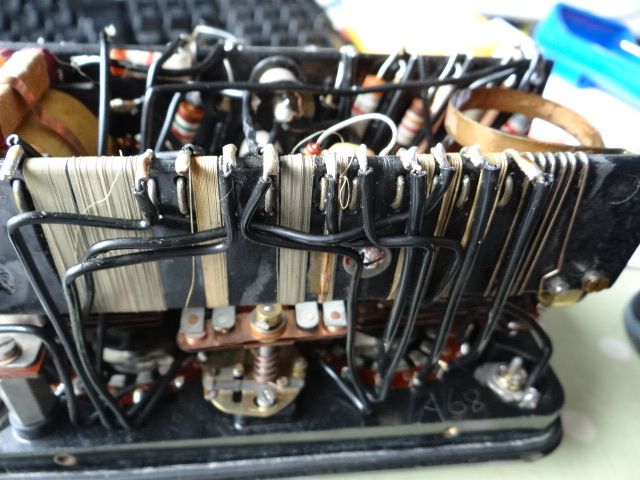

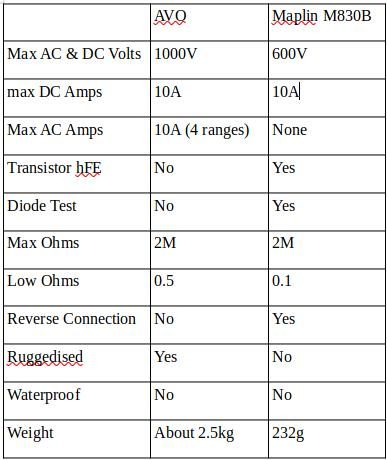
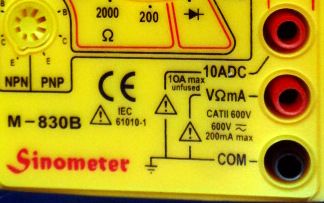


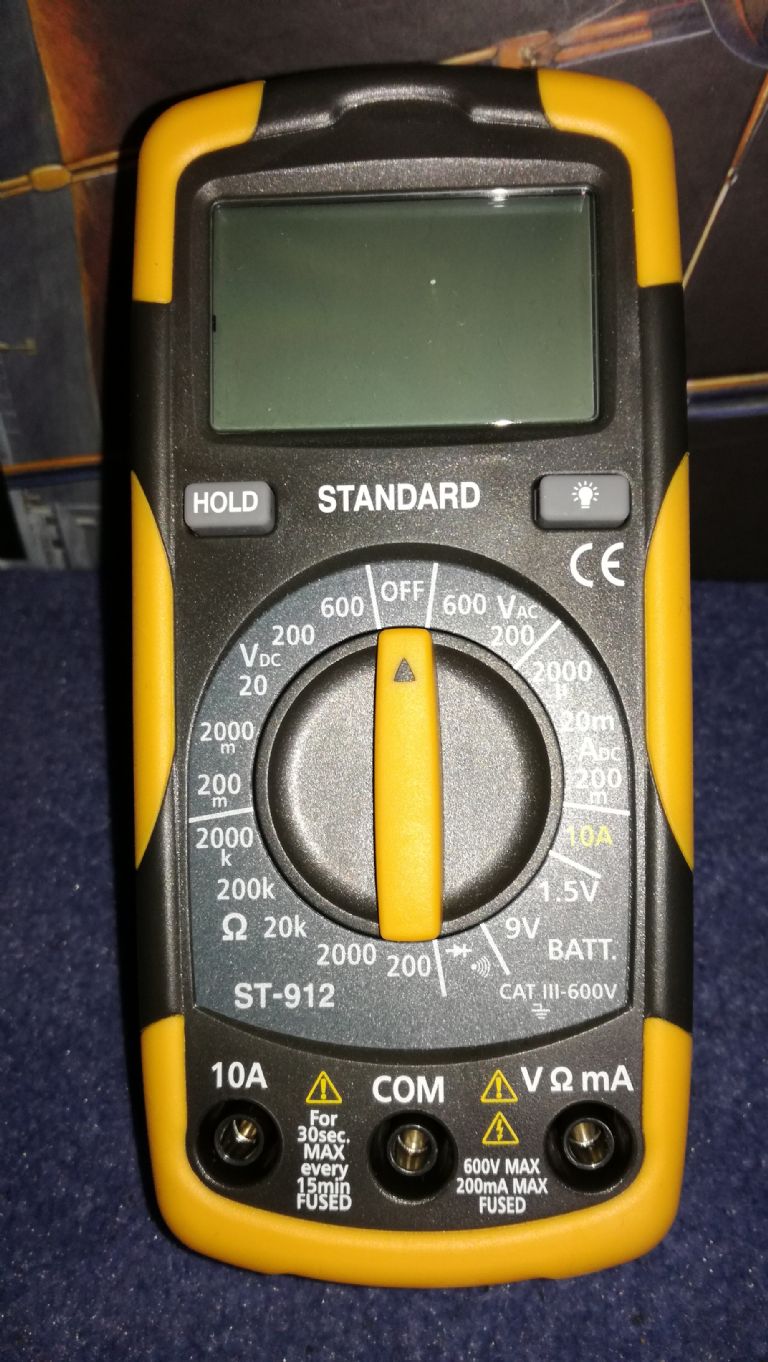
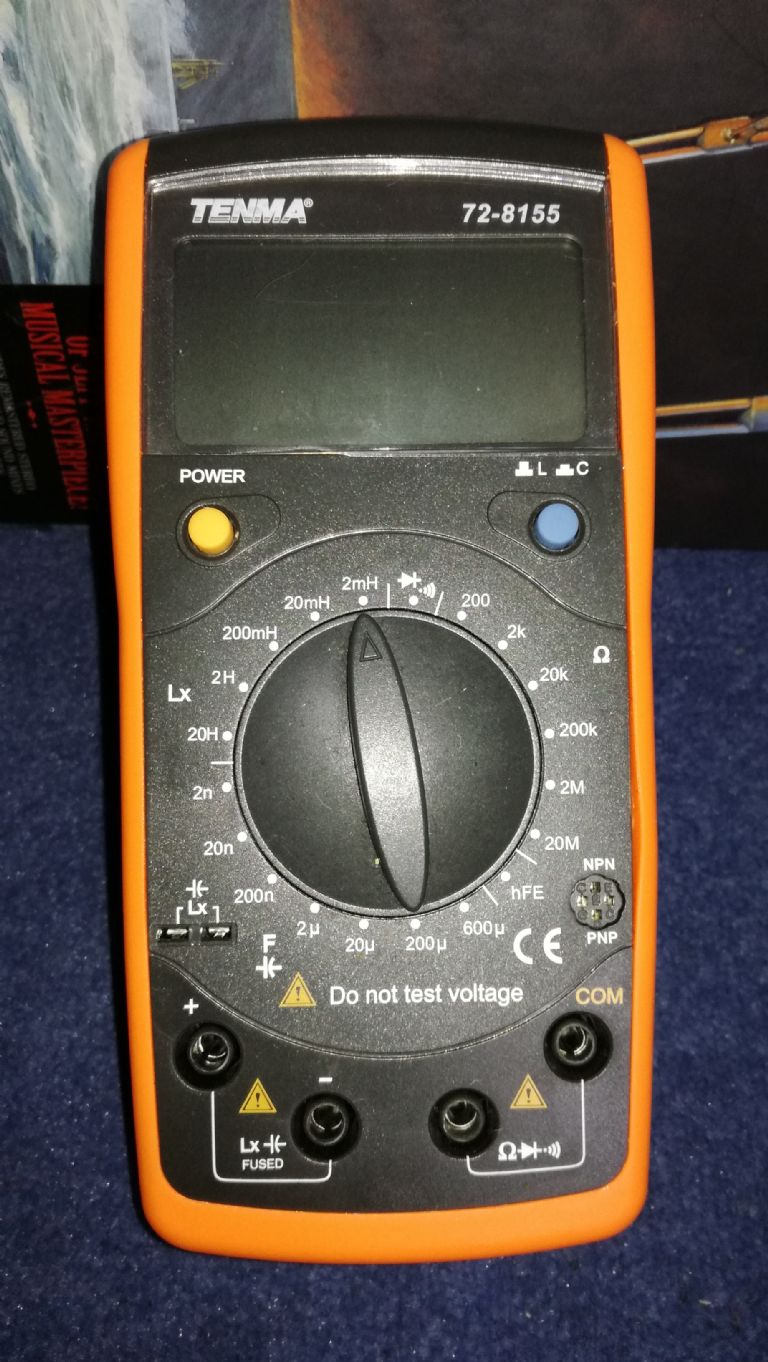
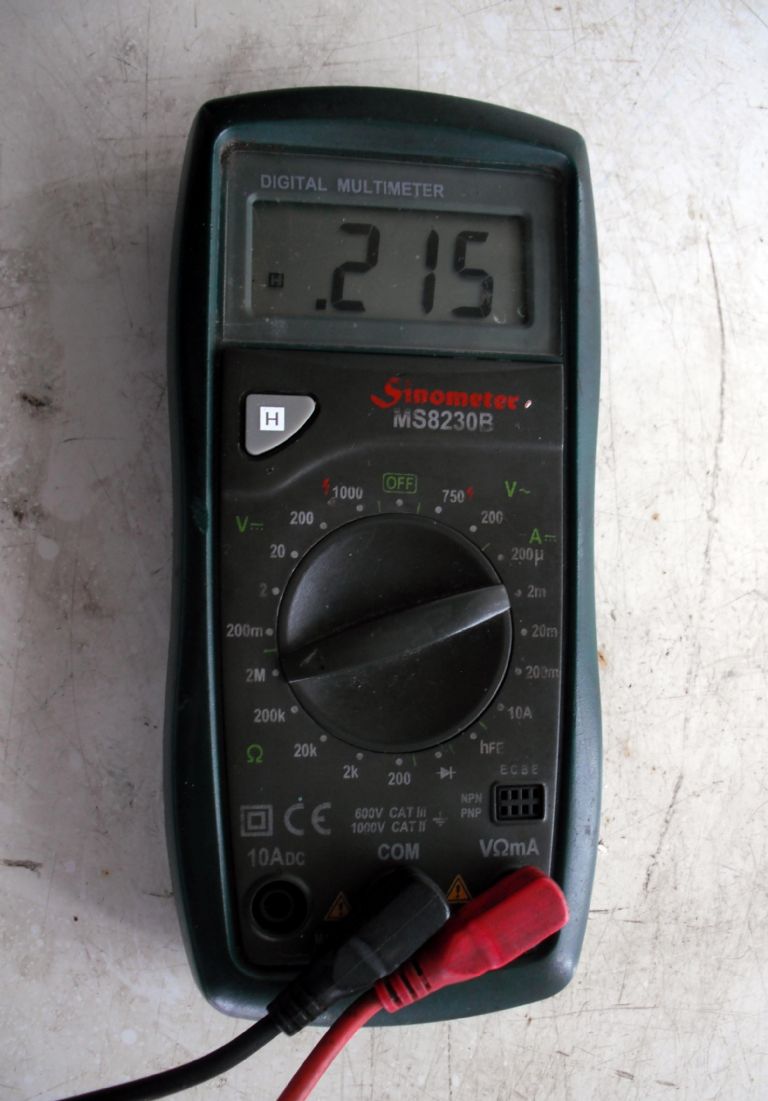


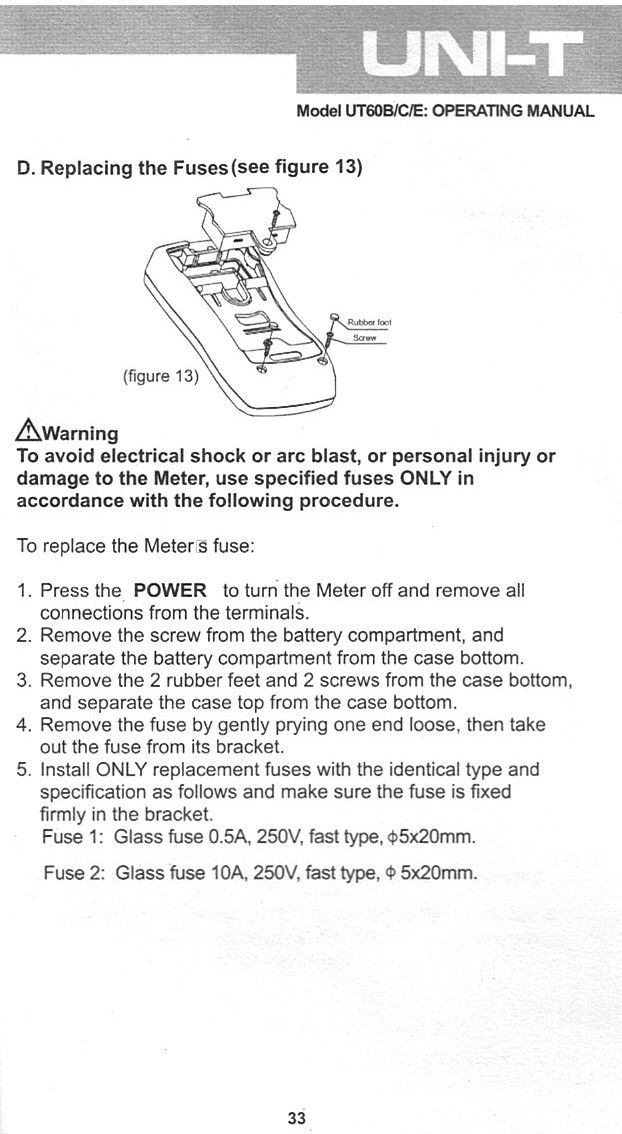









 Register
Register Log-in
Log-in


